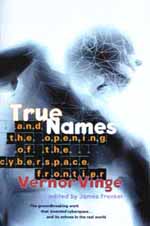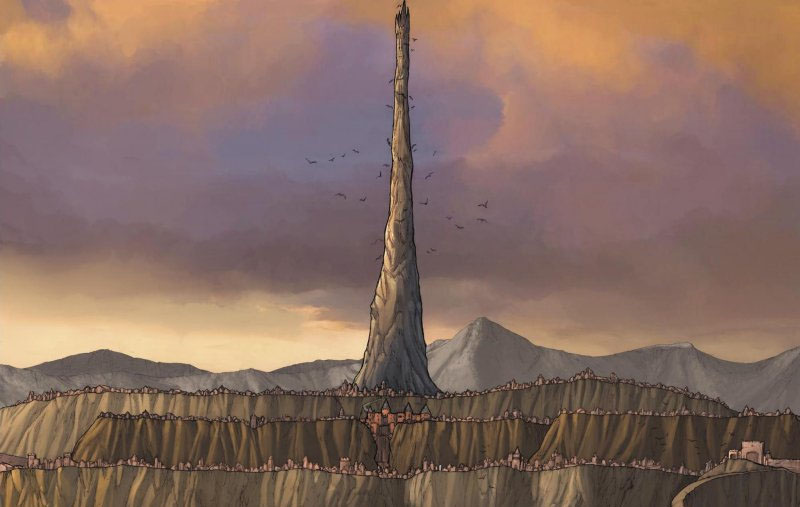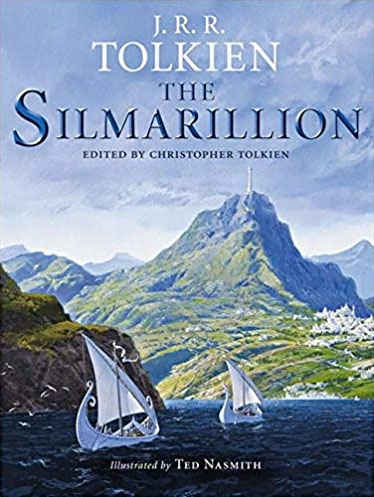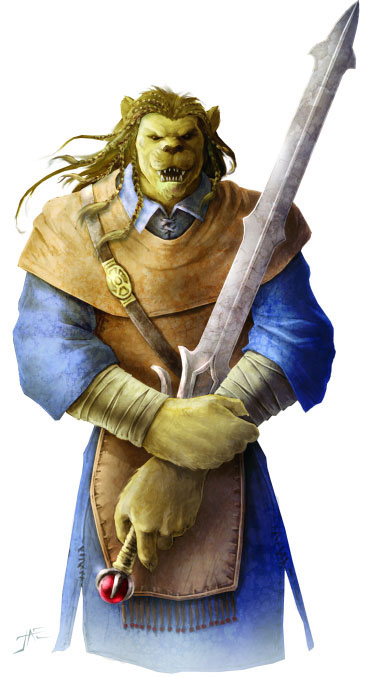Session 17D: Shilukar’s Secrets

Scattered throughout the laboratory, the warren of the spider-things, and Shilukar’s bedchamber they found a large number of notes and other papers. Many of these were written in strange characters resembling those they had found upon the obsidian statues within Ghul’s Labyrinth, and these required Ranthir’s arcane arts to decipher.
The ways in which I develop and use lore handouts – of which you can see copious other examples in my remix of Eternal Lies, including the thousands of words dedicated to the Books of the Los Angeles Cult and Savitree’s Research – is probably deserving of a much longer and more detailed post at some point in the future, but in the current session you can see the PCs pick up a huge dump of such handouts all at once and thus afford us an opportunity to discuss a few points of potential interest regarding them.
First: Why so many handouts all at once?
This is glossed over somewhat quickly in the journal (although highlighted in the quote I selected above), but not all of these handouts were found in a big stack: They were scattered across several different areas, and also in different spots within those areas.
The parceled pieces serve as a reward for exploration. (It’s more interesting to have tidbits in several rooms than it is to have one room with a big handout and then a bunch of rooms without substantive rewards.) But split up like this they also reward partial exploration: As the scenario played out, the party routed Shilukar and took possession of the lair. But the scenario could have just as easily ended with them snatching a few pieces of obvious paper off Shilukar’s worktable and then beating a hasty retreat, leaving them with only a few fragments of information.
And in either case, rather than having a monolithic block of text to read through, the players are instead left with disparate puzzle pieces which must be pieced together. This forces them to actively engage with and think deeply about the material.
There is also mixture of function. Some of the information in this info dump is immediately useful; it pertains to the present. Some of it elucidates the past, revealing additional details or even fully revealing the truth behind previous mysteroes. And finally, some of it hints at the distant future, foreshadowing events and interactions to which the PCs don’t currently have access (but will or may later).
Particularly when elucidating the past, note that the handouts have been customized to reflect actual events (i.e., things the PCs have actually seen or, better yet, done). By referencing the actions taken by the players in the tangible form of an actual plot, you’re deeply investing in the idea that their actions matter and that they are rippling out into a wider world far beyond their immediate sensorium.
The handouts also take different forms of text – epistolary, the summary of books, scratched notes, research documentation, diagrams, sketches. Each form inherently encodes information differently, providing different perspectives on the game world. (This also tends to encourage the GM not to become overly didactic, which aids in creating the puzzle-like combination of information. Also: Show, don’t tell.)
In addition to the works described in full below, they also discovered The Book of Lesser Chaos, which described in detail a technomantic art known as “chaositech”.
Present in this session, but not directly included in the campaign journal, was The Book of Lesser Chaos: This was a lengthy, multi-page handout. In D&D, I frequently use these big lorebooks as a way of introducing new mechanics into a campaign.
Over the years I’ve found that getting players enthused about some cool new sub-system can be a bit hit-or-miss.  Often I would prep a packet of rules, pass it out to everyone with a ton of enthusiasm, and then… nada. The packet would get shuffled around for a few sessions before disappearing into a drift of paper and being forgotten.
Often I would prep a packet of rules, pass it out to everyone with a ton of enthusiasm, and then… nada. The packet would get shuffled around for a few sessions before disappearing into a drift of paper and being forgotten.
Including the same material as a handout, on the other hand – framed with in-character material – tends to have a much higher success rate. I think it inherently makes the rules more interesting, and it also sort of demands engagement. The steps necessary to include it as a prop also encourage me, as a GM, to significantly integrate the new sub-system into the campaign world. (For example, it’s only logical for Shilukar to have a lorebook about chaositech if he’s practicing chaositech, and thus his entire lair is filled to the brim with chaositech-in-action.) This integration will also increase player engagement with the material, often stretching that engagement over longer periods of time.
Ideally, the best way to get new mechanical material fully integrated into a campaign is for it to be heavily featured in at least one session and also appear intermittently (but not consistently) over several more sessions.
But I digress. This is a different topic for another time.

 You can see that in this session, where Shilukar’s dwindling Intelligence score not only resulted in increasingly muddled decision-making, but also a growing sense of panic as Shilukar felt his mind slipping away from him: In a fantastical equivalent to HAL-9000, you have a character getting more and more desperate to solve a problem as it becomes more and more impossible for them to figure out how to do so.
You can see that in this session, where Shilukar’s dwindling Intelligence score not only resulted in increasingly muddled decision-making, but also a growing sense of panic as Shilukar felt his mind slipping away from him: In a fantastical equivalent to HAL-9000, you have a character getting more and more desperate to solve a problem as it becomes more and more impossible for them to figure out how to do so.














